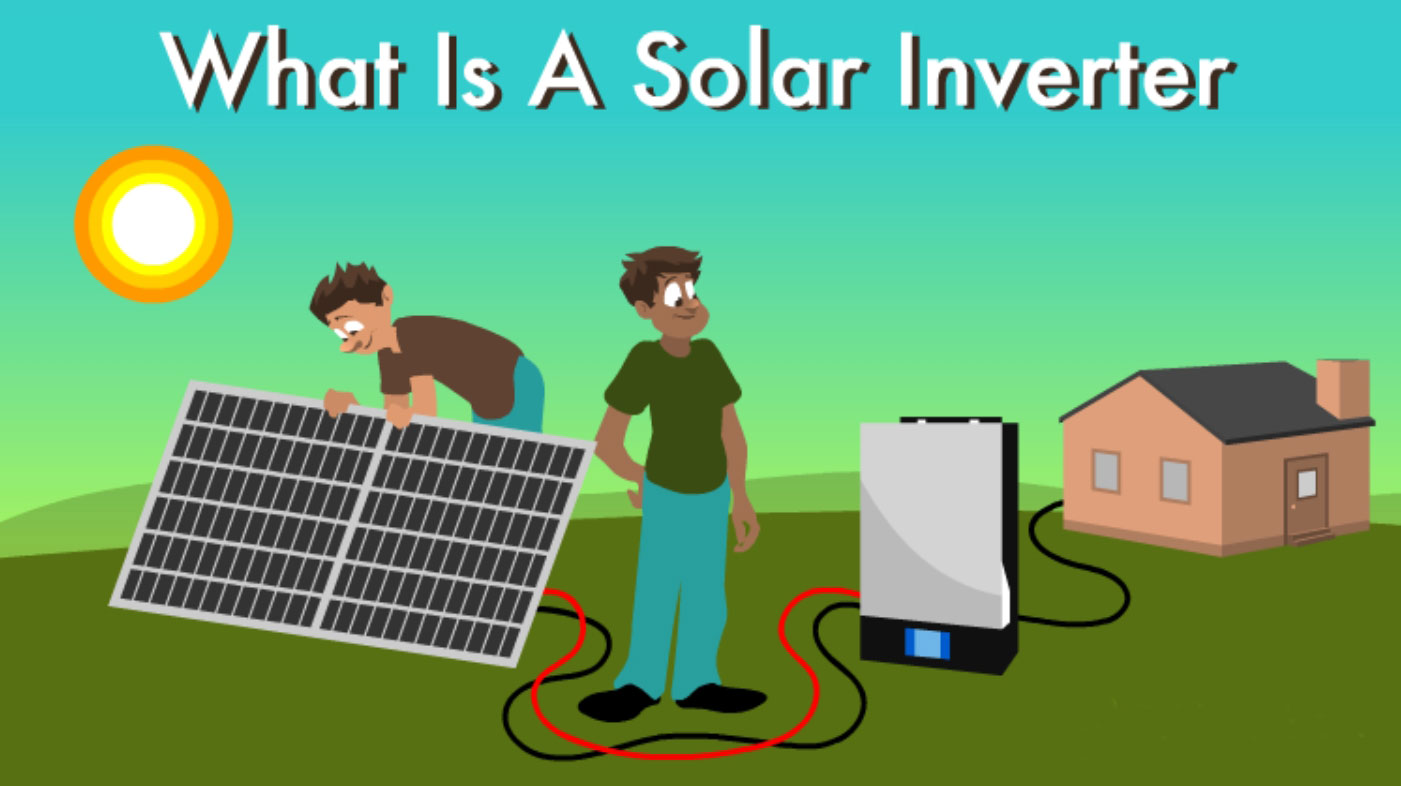
Ensuring the safety of your solar inverter system is crucial to prevent overloads, faults, and potential hazards. Here are some key safety measures to protect your solar inverter system:
- Proper Installation: Ensure that your solar inverter system is installed by qualified and certified professionals following local building codes, electrical regulations, and manufacturer guidelines. Proper installation minimizes the risk of electrical hazards and ensures the system operates safely.
- Overcurrent Protection: Install overcurrent protection devices, such as fuses or circuit breakers, in the DC and AC circuits of your solar inverter system to protect against overloads and short circuits. These devices should be properly sized and rated to match the maximum current capacity of the system components.
- Ground Fault Protection: Incorporate ground fault protection devices, such as ground fault circuit interrupters (GFCIs) or arc fault circuit interrupters (AFCIs), in the electrical circuits of your solar inverter system to detect and mitigate ground faults or leakage currents. Ground fault protection enhances electrical safety and reduces the risk of electric shock or fire hazards.
- Overvoltage Protection: Implement overvoltage protection measures to safeguard your solar inverter system against voltage surges or transients caused by lightning strikes, grid fluctuations, or switching events. Surge protection devices (SPDs) and transient voltage suppressors (TVS diodes) can be installed to divert excess voltage away from sensitive electronic components.
- Temperature Monitoring: Monitor the operating temperature of your solar inverter and associated components to prevent overheating and thermal damage. Ensure proper ventilation and airflow around the inverter to dissipate heat effectively. If necessary, install temperature sensors or thermal cutoff devices to shut down the inverter in case of overheating.
- Regular Maintenance: Conduct regular maintenance inspections of your solar inverter system to check for signs of wear, damage, or degradation. Inspect electrical connections, wiring, and mounting hardware for tightness and integrity. Clean the inverter and surrounding area to remove dust, debris, or obstructions that could affect performance or safety.
- System Monitoring: Utilize monitoring systems or software provided by the manufacturer to monitor the performance and status of your solar inverter system in real-time. Monitor parameters such as voltage, current, temperature, and fault codes to identify potential issues early and take corrective action.
- Emergency Procedures: Develop and communicate emergency procedures and shutdown protocols in case of system malfunctions, electrical faults, or safety hazards. Ensure that all stakeholders, including homeowners, installers, and emergency responders, are aware of these procedures and know how to safely deactivate the system if necessary.
- Compliance and Certification: Verify that your solar inverter system complies with relevant safety standards, certifications, and regulations, such as UL 1741, IEC 62109, and NEC Article 690. Ensure that the inverter and associated components are certified by recognized testing laboratories for compliance with safety and performance requirements.
- Professional Assistance: Seek professional assistance from qualified electricians, solar installers, or technicians if you encounter any safety concerns, faults, or abnormalities with your solar inverter system. Do not attempt to troubleshoot or repair electrical issues yourself unless you have the necessary expertise and training.
By implementing these safety measures and precautions, you can protect your solar inverter system from overloads, faults, and potential hazards, ensuring safe and reliable operation for years to come. Regular maintenance, monitoring, and compliance with safety standards are essential for maintaining the integrity and safety of your solar energy system.
